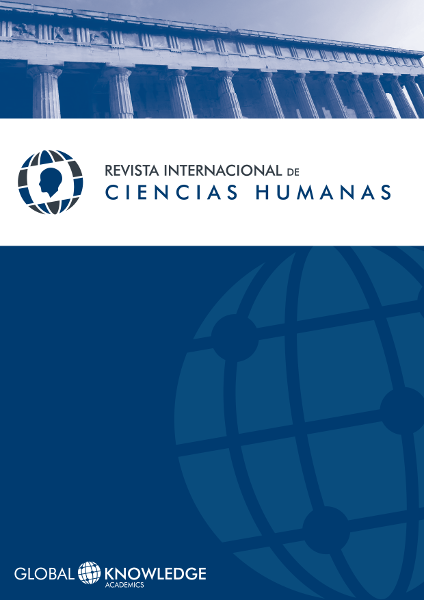Graphic Design and Brazilian Culture of HQS Present in Miners Comics
DOI:
https://doi.org/10.37467/gka-revhuman.v4.746Keywords:
Culture, Graphic Design, HQ, Scientific Initiation, RegionalismAbstract
The research project conducted by NIQ - Core Illustrations and Comics by the Centre for Studies in Design Image UEMG the University, with the intention of encouraging students Municipal School Secretary Humberto de Almeida in Belo Horizonte-Minas Gerais-Brazil to communicate Brazilian culture, especially the cultural roots of mining capital through survey and analysis of comic material on the Internet. The main goal is to enter and encourage these students in the 9th grade of elementary school in scientific research, use of means that makes them have interest in research. The Comic Strip (CS) as mediator in the transmission of messages between researchers, teachers and students of the Elementary Education and Higher Education. The internet becomes a potential means for performing image analysis and existing textual content in those Comic Books. To awaken their curiosity, think about doing it think about it, we seek to call into question: how to approach the Brazilian culture through existing web comic? We verified that encourages, fosters and strengthens the student of elementary school knowledge and cultural learning, and show more reliable paths to information via the Internet. The study shows that there is this socio - cultural context in comics – CS – and an inspiration to young students in scientific initiation.
References
Araújo, G. C., Costa, M. A., Costa, E. B. (2008). As histórias em quadrinhos na educação: possibilidades de um recurso didático-pedagógico. Revista Eletrônica de Ciências Humanas, Letras e Artes A Margem, 1 (2), pp. 26-36.
Callahan, R.B. (2009). Percepções e uso de graphic novels na sala de aula (Mestrado da Faculdade de Educação). Ohio University, Ohio.
Hassett, D.D. & Schieble, M.B. (2007). Finding space and time for the visual in K-12 literacy instruction. The English Journal, 97 (1), pp. 62-68.
Little, D. (2005). In a single bound: a short primer on comics for educators. New Horizons for Learning . Disponível em: Acesso: 05 jan. 2011.
Paiva, F. (2013). Educação e Violência nas Histórias em Quadrinhos de Batman. Pernambuco: Editora Universitária UFPE.
Rossatto, E. (2009). A história do Brasil em Quadrinhos : Proclamação da República. São Paulo: Europa.
Silva, M. G. da (2011). Mídias na Educação: construindo histórias em quadrinhos a partir do software educativo HagáQuê. Alagoas, UFAL: PPGE Pós-Graduação em Educação. Disponível em: <http://ebookbrowse.com/mídias-na-educação-construindo-historias-emquadrinhos-a-partir-do-software-educativo-hagaque-pdf-d127197755> Acesso: 12/02/2012
Souza, M. de et al. (2007). História do Brasil em Quadrinhos . São Paulo: Europa.
Downloads
Published
How to Cite
Issue
Section
License
Those authors who publish in this journal accept the following terms:
- Authors will keep the moral right of the work and they will transfer the commercial rights.
- After 1 year from publication, the work shall thereafter be open access online on our website, but will retain copyright.
- In the event that the authors wish to assign an Creative Commons (CC) license, they may request it by writing to publishing@eagora.org









